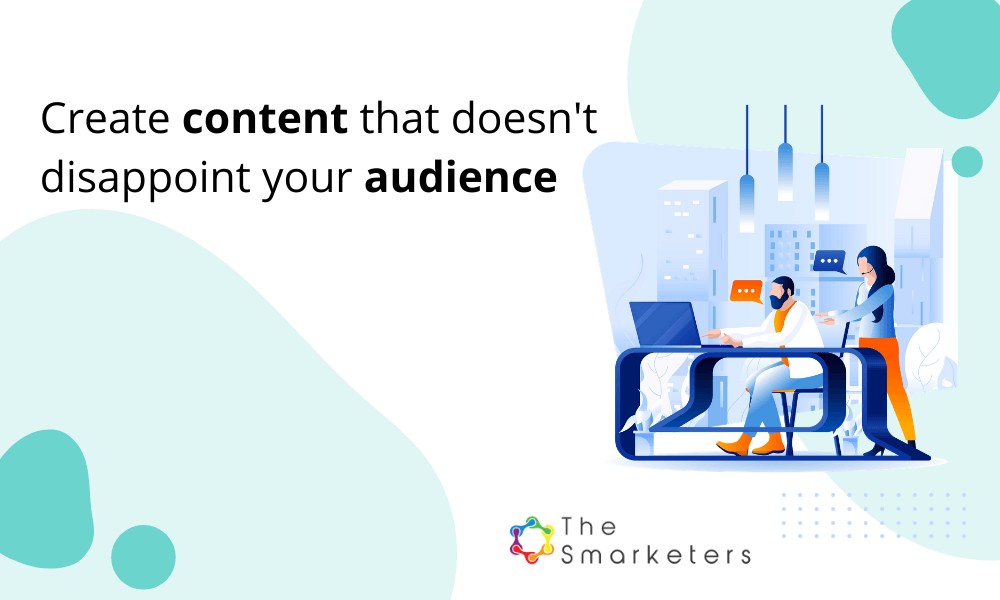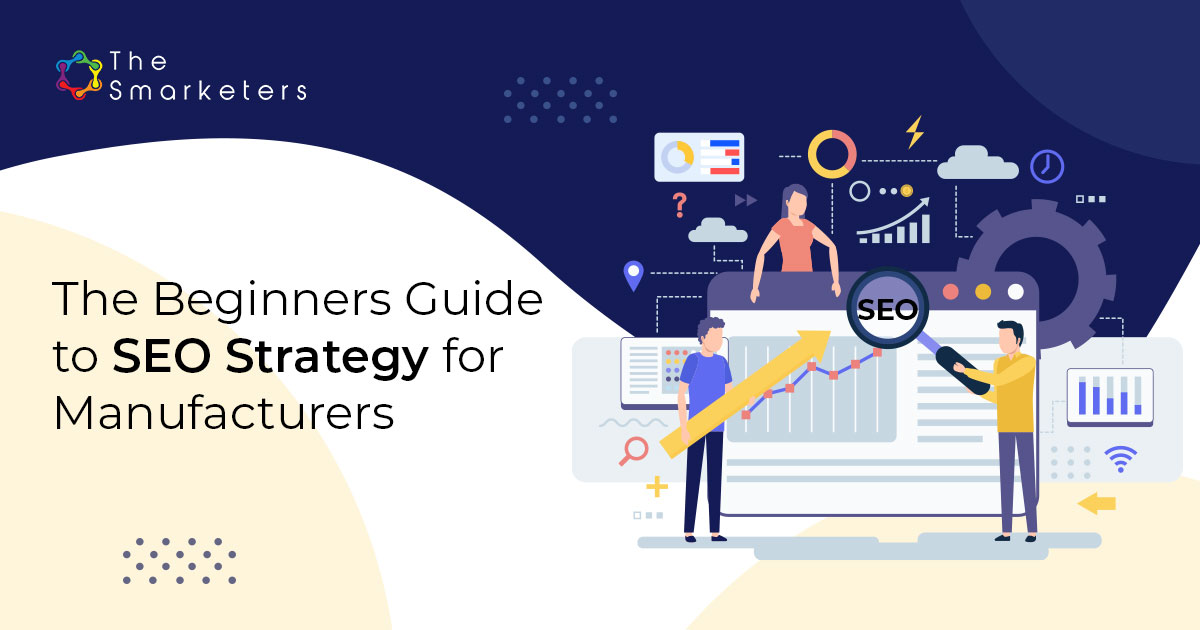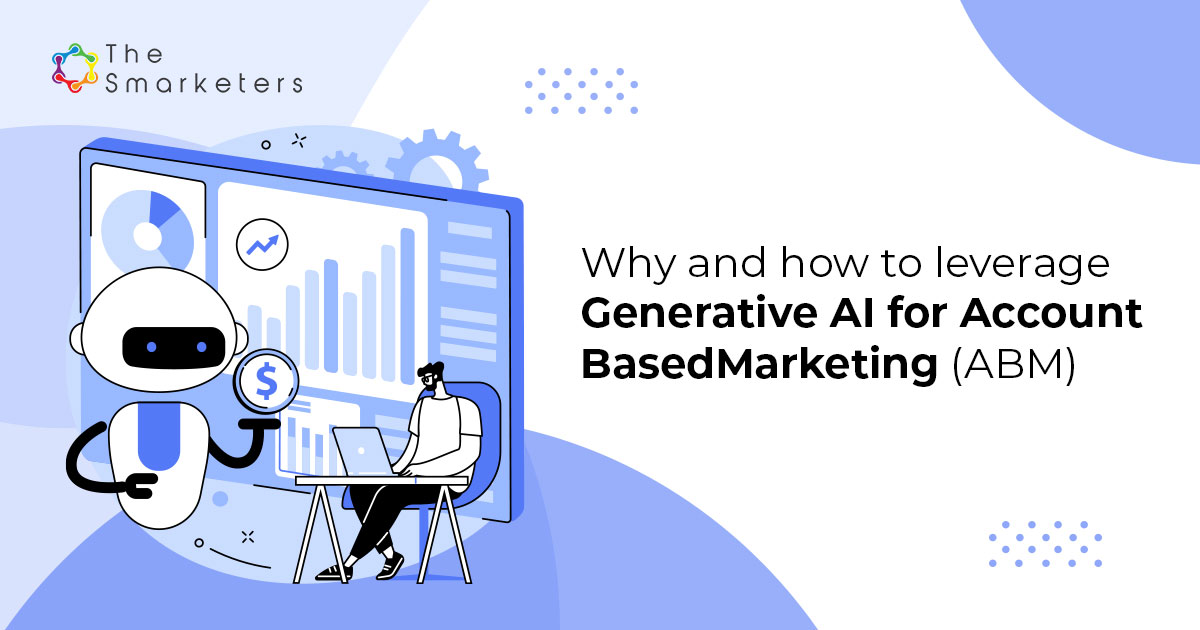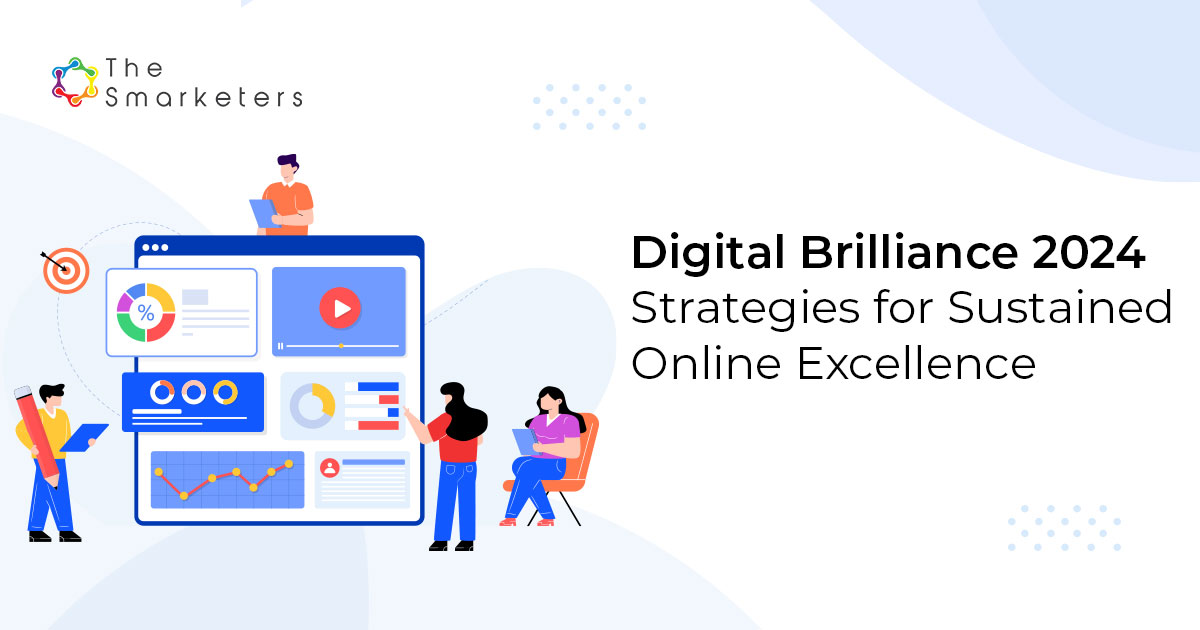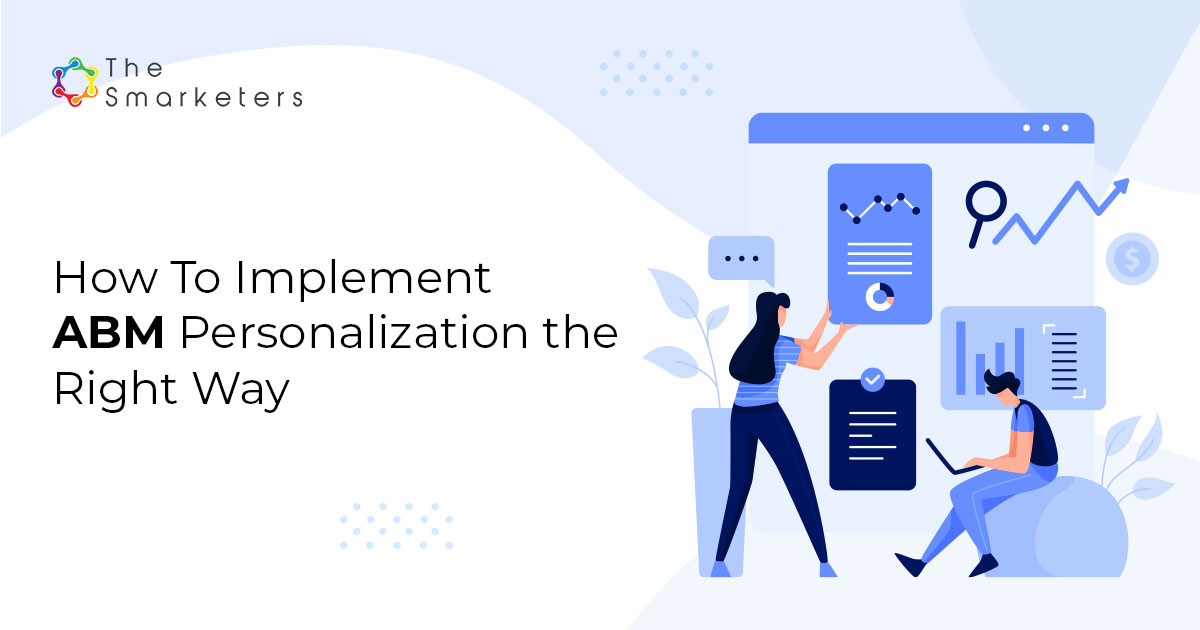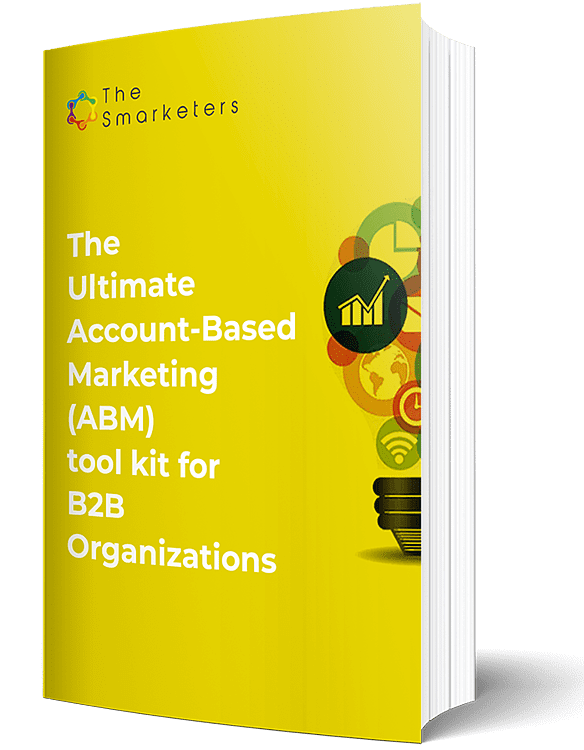According to statistics from the Content Marketing Institute (CMI), more than 91% of B2B marketers use content marketing. Be it to reach new customers, improve brand awareness or keep their existing customers engaged, every business out there keeps content at the core of its growth strategy.
Now a typical business wants to educate its target consumers with content. But how many times have you felt misled?
How many times have you submitted your contact details for an ebook and received something that adds absolutely no value to your business?
While content marketing started with the right intention, today the number of scams is way more than genuine, helpful content.
The reason is that most companies now only think about themselves. Constantly pressured by the increasing market competition, they no longer take into account the consumer’s needs. They don’t pay attention to content consumption signals and end up creating pieces of ‘what they think the consumer wants.
Now every consumer has different needs and preferences. So how do you even create content that doesn’t disappoint anyone?
By giving consumers what they ‘need’ and not what they ‘want’. In this article, we’re going to walk you through actionable steps on how to create personalized content at scale for ABM.
Creating content that your audience will love
1. Identify who you’re talking it
Your marketing campaigns could be addressing a generic audience or defined target accounts. But you need to know who you’re talking to before creating any form of content. Take into consideration what roles they play at a company, what their goals are, what challenges they face, what solutions are they looking for and how, and the type of content they interact with the most.
Let’s take an example. You’re reaching out to the CEO of an eCommerce marketing company. The only thing the person has time for is a case study from a similar brand you’re working with.
But if your campaigns are targeting the marketer of the same company, you might need more content around ‘why’ than a direct sales-driven case study.
2. Find keywords and content ideas that are proven to work
Doing your own research is great. But base your research on what’s previously worked (or not) for a similar business. Right from the keywords you choose to optimize your site and content for, to the different content formats you create, it’s better to work with data than on assumptions. Plus, doing so will also help you save resources being wasted on mistakes.
A good place to start is finding long-tail keywords that are relevant to your business and taking note of what type of content ranks. As Wordtracker explains, targeting long-tail keywords get you closer to consumers who are more likely to convert.
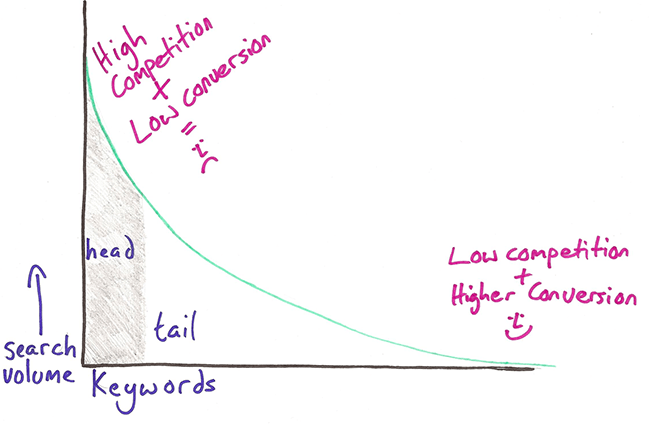
To help you through the process of finding the right keywords and content ideas, we wrote an article on how to use data to create better content for your customers.
3. Create well-researched content
Once you have the keywords you want to target and topics that your audience has shown interest in, it’s time to create content.
But most B2B marketers will create a content piece without doing much research on the topic. So while they’ve picked an interesting and attention-grabbing topic to write on, their piece ends up sounding like the hundreds of others on the internet.
Instead of taking ‘inspiration’ from content that similar businesses are creating, use it as your framework. Use the skyscraper content marketing technique to build further on something that has worked already.
For instance, you see a blog on ‘account-based marketing definition’ has done well. With the skyscraper technique, you use the article at the core of your research and further add value to it with updated statistics, best practices, actual examples, case studies and more. You give readers more value on things that hooked their interest in the first place.
Remember to make your content credible by including links to relevant sources, conducting interviews with customers or asking industry experts for their opinions.
4. Optimize your content like a landing page
Drift shared that long-form content formats drive more conversions in B2B marketing. But a study by the Nielson Norman Group, website visitors, on average, only read around 20% of the content they’re presented with.
That’s why while you’re focusing on creating a well-researched content piece, don’t be afraid to treat it like a landing page. Make small tweaks and continually measure how they impact the engagement rate and conversion from your content.
This could include placing your call-to-action buttons differently, offering a content upgrade mid-way through the piece, adding call-outs to nudge an interaction or simply asking another team member to write the article to vary the tone of voice.
Don’t be afraid to experiment with different content formats as well – just like a landing page can have static images and gifs, your content piece could be a mix of both an article and an infographic.
A smart way to optimize your content is to use the LIFT model.
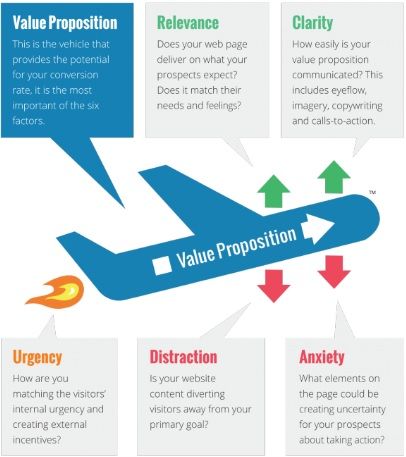
5. Measure the ‘actual’ success of your content marketing
Most marketers grade their content on the basis of the views it gets or the leads it generates. While those are pretty obvious and understandable metrics to track, they don’t really speak of the content’s actual success.
A successful piece of content is one that adds value to the consumer, has helped them make an informed purchase or has been able to nurture them into making the most out of the purchase, resulting in reinforcing the brand value.
Not sure how to measure the impact of your content? Read our article on the five metrics that define your inbound marketing success.
Pro tip: Don’t keep creating content based on assumptions. It’s a good idea to simply ask your existing customers and use their feedback to create educational content.
Use content Marketing to establish relationships
Take the role of content in account-based marketing seriously. It should walk a lead through the different stages of the b2b sales cycle, without having them feel pushed to make a decision.
If you don’t want to disappoint your audience, stop using the content as another sales pitch. Use it to convey that you really understand what they’re looking for and how you intend to solve the challenge for them. The best way to do this is to use storytelling in your content!
The narrative, the plot, the hero (your customer), and the ending are what truly engage the consumer. The more they can relate their needs to what your content is trying to indicate, the greater are the conversions without disappointments.
Is your content really keeping up with the consumer’s expectations?

